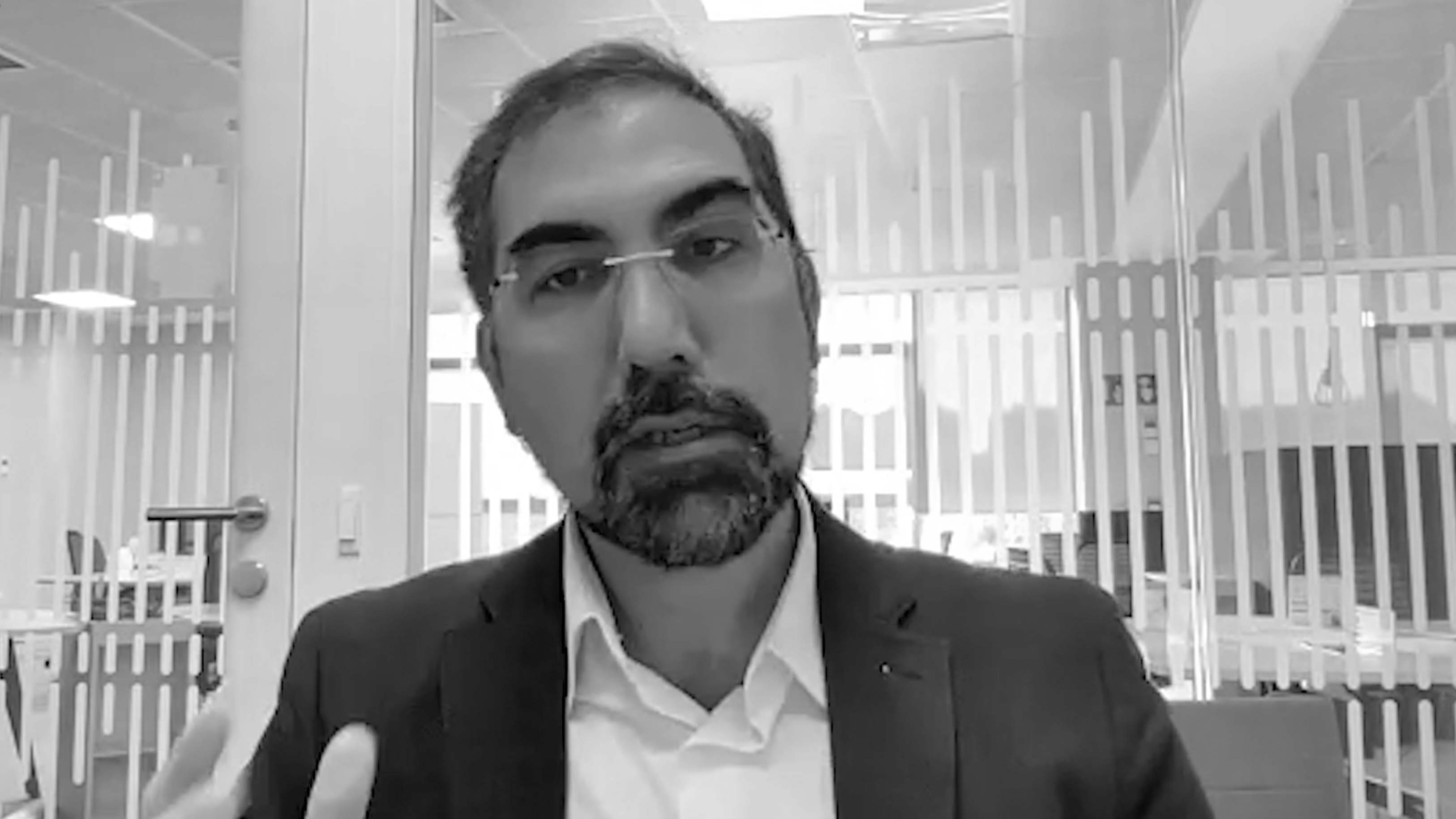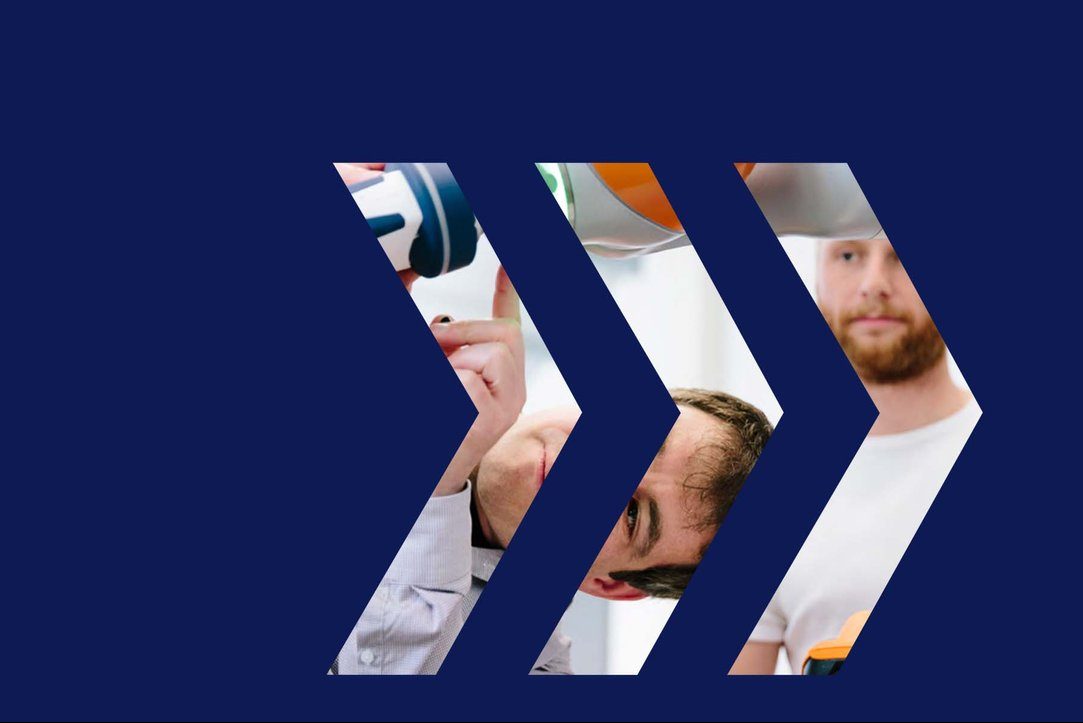
Hybrid working has become shorthand for the space between in-the-office work and remote or home working. The concept connects various long-standing digital developments trends that, accelerated by world events, have now become a firmly established paradigm. So much so that a recent Future Workforce Report stated that almost 75% of all project teams will include a remote element by 2028. Despite this momentum, a similar proportion of businesses (72%) still haven’t developed a clear hybrid work strategy. If you’re among them, don’t panic. There are lessons you can learn from early adopters.
The highs and lows of hybrid working
Hybrid working has freed us from geographical constraints. This dispersion presents a wealth of opportunities, but also a fresh set of challenges. Proximity and informal face-to-face communication have long been associated with fostering creativity, innovation and knowledge sharing, for example. Anecdotally, success often comes from chats over coffee or similar unplanned moments. Might these be lost in a hybrid environment?
Remote work can create risks around employee wellbeing too. On average, remote US information workers already work 10% longer than their office counterparts, and up to 80% of UK workers have reported that they fear working from home negatively affects their mental health.
Hybrid working means your sense of belonging, alignment behind objectives and reinforcement of personal links may all need to be reimagined. Questions around technology need to be balanced with maintaining great employee experiences.
Traditionally, organizations look to teamwork to overcome such challenges. However, hybrid working means your sense of belonging, alignment behind objectives and reinforcement of personal links may all need to be reimagined. Questions around technology need to be balanced with maintaining great employee experiences. Wellbeing, diversity, equity and inclusion (DEI) all need to feature within conversations alongside expanded productivity. As a business function, technology is not well placed to deliver this alone.
Connected strategies and effective tools
Moving forward means considering the strands of technology, physical and digital spaces, and people in a holistic sense. Any strategic thinking must be multidisciplinary and inclusive in nature.
In this context, it is best to consider technology an enabling asset rather than a driver in itself. Appropriately applied, it can develop use cases as new digital operating models are embraced. The right model, however, depends on a broad range of factors unique to your business.
One undeniable common feature of today’s workspaces, however, is likely to be high user expectations. Today, WhatsApp’s 2.44 billion unique users talk instantly across the globe through their personal devices. Such access means your employees are likely to feel digitally empowered and want to influence business communications too. As internal clients, their input needs to be valued. Of course, everyone is different and any strategies need to provide flexibility, and skills training where required, to help everyone engage equally. However your hybrid culture evolves, and whatever the ultimate goal, the key to success is adopting a framework around both employee needs and the practicalities of sharing business assets.
The benefits of instant digital communication need to be balanced with the need for structured work. You can help avoid mistakes by having clear rules about when, how and why your people collaborate.
The benefits of instant digital communication need to be balanced with the need for structured work. Hybrid working is already gaining a poor reputation for the latter, with 70% of today’s UK hybrid workers, for example, complaining of interruptions for inefficient online meetings. You can help avoid mistakes by having clear rules about when, how and why your people collaborate.
Real productivity, then, comes from tools that enable genuine working, testing, prototyping and decision-making in real time. Tools including Microsoft’s Windows Mixed Reality suite, which blends the physical and digital worlds by mixing human, computer and environmental interactions, and NTT DATA’s knowledge management application, Knowler, help realize this potential. Active knowledge sharing tools such as Knowler quickly capture information and make it immediately digitally accessible. Such systems, combined with organizational openness, prevent remote employees from missing out.
Preparing your people
Having the right tools in place, however, is only half the story. For many, succeeding at remote, asynchronous communication means both learning new skills and making attitudinal changes. Sentiment analysis or opinion mining within affected populations will assess how the required transformation might be perceived. Forewarned is forearmed.
Once you understand your hybrid audience, you need to ensure you put energy into creating and maintaining healthy digital collaboration that supports employee wellbeing and DEI objectives. Leading with empathy is key here. Management that respects the new demands of hybrid working will be rewarded with ongoing success.
The right communication infrastructure means helping your teams share challenges, celebrate successes, understand roles and responsibilities and feel fully embedded.
Choosing the right communication infrastructure means helping your teams dive into your organization, share challenges, celebrate successes, understand roles and responsibilities and feel fully embedded. Once hybrid teams feel at home, know where they sit organizationally and can comfortably collaborate, the next step is fostering a shared sense of purpose. OKR (Objectives and Key Results) methodologies are well documented, however transparent monitoring and clarity over results become more important without in-person reinforcement.
Hybrid team working in this way doesn’t come naturally to everyone. Prioritizing cultural fit and recruiting people with an aptitude for it will help your organization in the long term too.
True hybrid spaces
Once you are up and running, the temptation is to divide remote workers from in-situ office workers and operate two parallel, but different, use cases. It is more useful, however, to create a vision of joint spaces and technology. This means considering a range of shared experiences – from dedicated online demonstration rooms to large co-hosted events.
Whatever the future holds, hybrid working definitely isn’t going anywhere. Our way of doing business has evolved beyond measure along with how we communicate at home. The tools that have enabled this change may have come from the technology sector, but making them a success needs a broader set of ingredients and an inclusive, multidisciplinary approach.







































